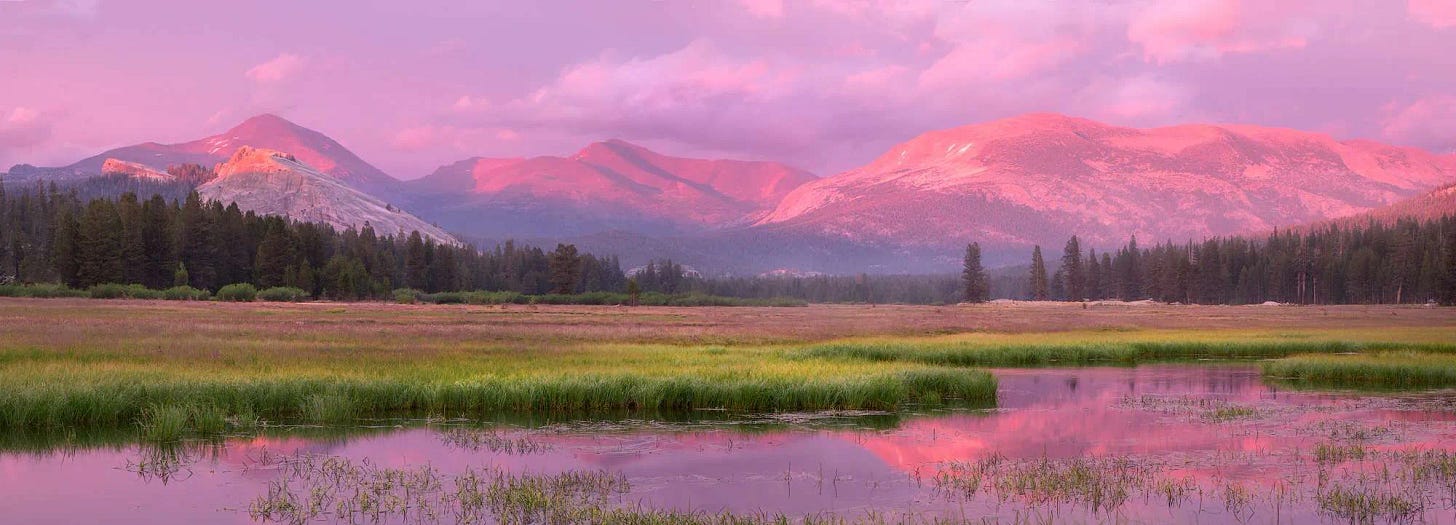Our Five Most Precious Resources
Humanity’s greatest assets aren’t wealth, skills or even education - they’re the natural systems that make Earth habitable. If we allow these vital resources to be damaged or destroyed, we risk losing the very foundation that sustains all life.
Clean air - Imagine stepping outside and taking a deep breath of clean, crisp air. It's something so easy to take for granted, yet it's the foundation of life itself. Every living being needs clean air to survive. But each year, humans pump over 50 billion metric tons of greenhouse gases (GHGs) into that very air. The consequences? A silent, invisible killer that claims 7 to 9 million lives prematurely each year, including more than 700,000 children under five according to the United Nations.
A single metric ton weighs about 2,200 pounds—roughly the weight of a small car. Imagine that ton of carbon dioxide (CO₂), the primary greenhouse gas, as a cube 27 feet tall, wide, and long - 27 feet is the length of a telephone pole. The average American fills 15 of these cubes every year—enough CO₂ to fill over three Olympic-sized swimming pools according to MIT Climate Portal.
Glaciers and ice sheets – Together they store two-thirds of the planet’s fresh water. Yet, they are rapidly disappearing due to global warming. In the Alps, for example, half the glaciers have vanished since 1950 – and the process has accelerated in past three decades. Each passing decade brings faster loss than the one before in a world where already half of the people are facing water shortages.
The melting of glaciers and ice sheets not only results in sea level rise but also diluting the salt and changing the density of surface seawater. This disrupts ocean currents that regulate the Earth’s climate. These shifts could unleash superstorms in the North Atlantic and reshape weather patterns across the globe within the next two decades.
If we can keep warming below 1.5°C, we can preserve a little over half (53-54%) of global glacier mass and halve sea level rise compared to temperatures exceeding 2°C.
Soil - Beneath our feet, the soil that supports our food systems is in crisis. Soil does more than grow crops; it filters water and recycles nutrients. But the United Nations warns that one-third of Earth’s soil is already degraded, and over 90% could be gone by 2050. If this happens, it will threaten not just food production but also global biodiversity and climate stability.
Forests - Often called the lungs of the Earth, forests absorb carbon dioxide, regulate water flow, stabilize climate, and support over 80% of terrestrial species. They also provide food, medicine, shelter, and livelihoods for millions of people.
Yet forests are vanishing. Agricultural expansion, especially for livestock and cash crops like soy and palm oil is responsible for nearly 90% of deforestation. Our diets, particularly those rich in meat, drive much of this loss. As forests disappear, so do the ecosystems and Indigenous communities that rely on them. The loss of forests also accelerates climate change by eliminating natural carbon sinks.
Oceans - Covering over 70% of Earth’s surface, oceans regulate the planet’s climate, absorb excess heat, and support an astonishing diversity of life. More than three billion people depend on marine ecosystems for their livelihoods.
But oceans are under siege. They absorb more than 90% of the excess heat from human activity—and since the mid-1990s, ocean heat levels have remained consistently above average. This causes devastating effects such as coral bleaching, acidification, shifts in species migration, and harmful algal blooms.
Pollution is another major threat. Most ocean pollution doesn’t come from oil spills, but from everyday human activity. Nonpoint source pollution—runoff from farms, vehicles, septic tanks, and urban areas—washes harmful chemicals and waste into the sea. Together, warming and pollution are disrupting ecosystems and threatening the food security and economic stability of billions of people.
Each of these five resources sustains life on Earth. But that balance is fragile. Human actions are straining natural systems in ways that could become irreversible within our lifetimes.



